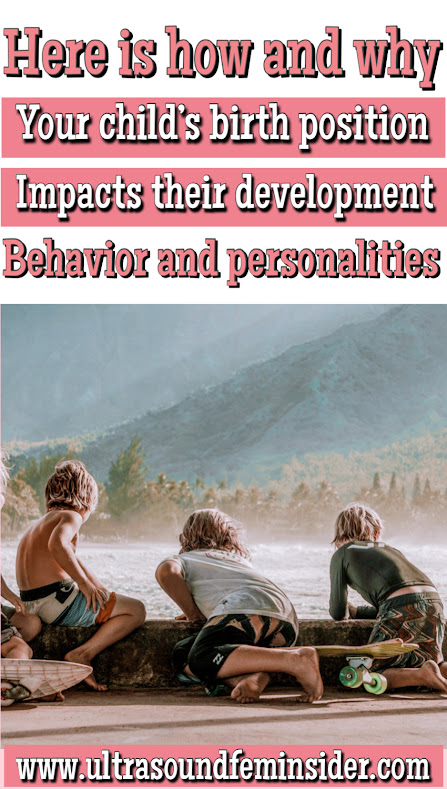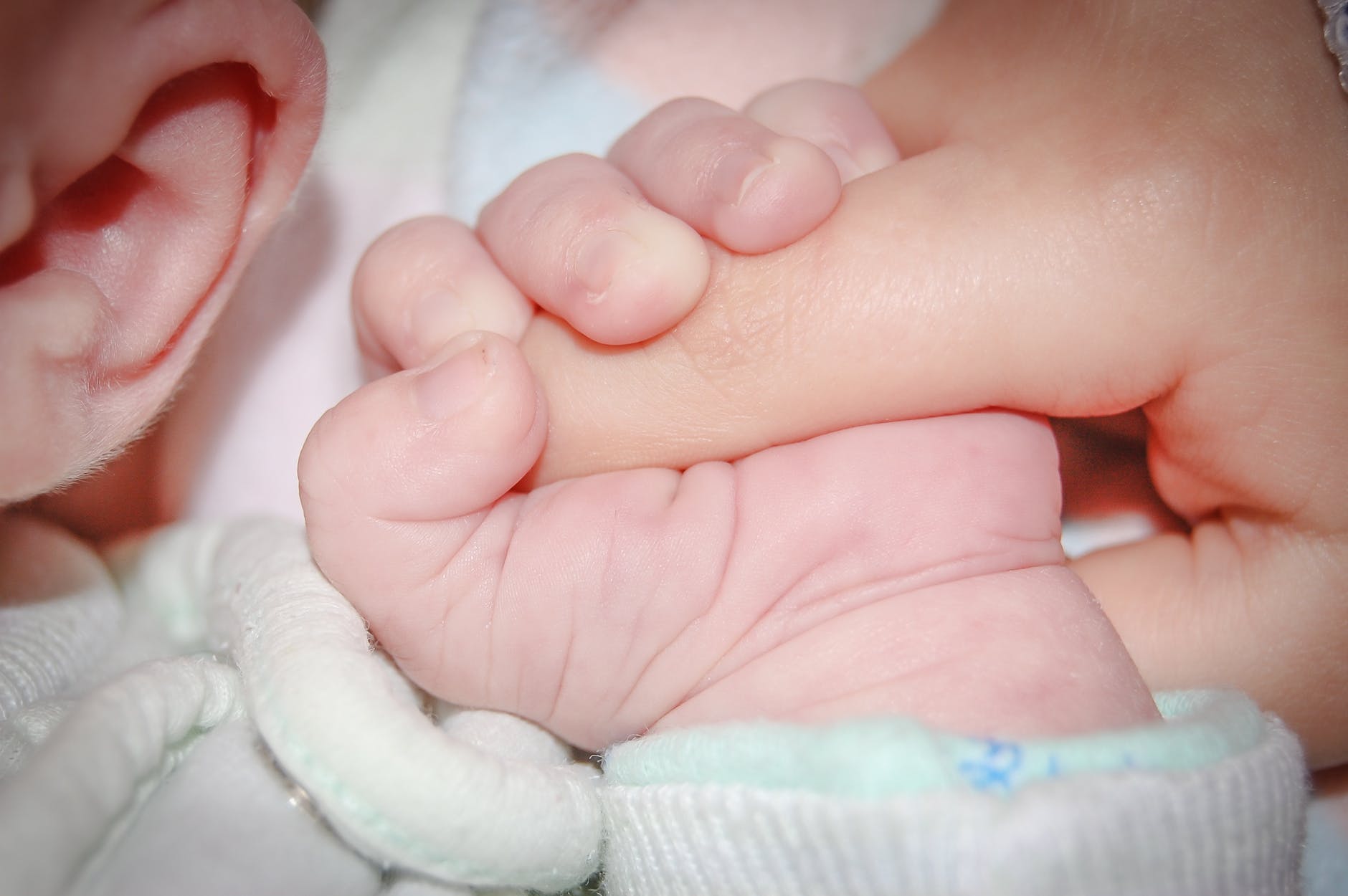How can two or three children in the same family be so different? They are brought up in the same broad social environment, under a similar set of rules and an identical family value system. They also come from the same genetic pool yet they can be so different in personality, interests and achievement. While they may be born into the same family they are not born into the same position. The effects of their birth position have a significant impact on children, their behavior and their personalities. In order to really understand children, it is useful to look at how your child’s birth order impacts their development.
If we look at the big three in birth order first, middle and youngest we will notice that children born in each position share a similar set of characteristics. Note that birth order presents possibilities only for parents. Also only children share similar birth order characteristics to first born they are super first born. So, Let’s begin.
How your child’s birth order impacts their development.
First born main characteristics.
- First born are often more motivated to achieve than later born. A greater percentage of first born end up in the professions such as medicine and law.
- They go for jobs where determination, strong powers of concentration and discipline are valued.
- First born are born into a pressured yet treasured position. They are usually the objects of great delight in a family they are the first. Parents and grandparents often overdo everything with first born.
- There is an air of expectancy even before their birth. Names are chosen half way through the pregnancy and photo albums are filled as baby’s every special moment is captured on film. They are the center of attention, which is an obvious plus if you are a first-born child.
The flipside to this adulation is that first born are coached, prodded and pushed to perform. The expectations are high for first born, particularly first-born boys, so pressure is something they know all about. It is no coincidence that evidence suggest that first born males tend to be lower risk-takers as learners than girls or those in other birth positions.
First-born boys fear failure so they often steer away from areas where they cant excel. Interestingly, some first born confuse excellence with perfectionism and wont try unless they can do the perfect job. These kids drive their parents and teachers nuts as they just wont move out of their comfort zones to take a few risks and even (shock, horror) mess up. This is first-born thing.
Discipline for first born children’s.
- Parents are usually hardest on their first born in terms of discipline and they loosen up as they move further down the family.
- First born usually don’t react well to the arrival of the second born. To parents the arrival of another child means a playmate for their eldest. To the first born the arrival of another child means only one thing DETHRONEMENT.
- The first-born child does everything in his of her power to retain the favored first position. He will point out the failings of the second born to his parents. In all likelihood as he grows up the first born may well be less than pleasant to this intruder particularly if they are both boys.
According to Kevin Leman author of The New Birth Order Book there are two types of first born. The first are the compliant nurturers and caregivers. These children love to please and also love to do well in school as they have a high need for mum or dads approval. They also like to look after and care for other children. These compliant nurturers are more likely to be girls. Parents often rely heavily on their first born and let them take much of the responsibility around the home.
Share the post.

Second born main characteristics.
- The middle (and in all likelihood the second) child is influenced by his elder sibling.
- The one rule of thumb about birth order is that children are directly influenced by the sibling above and will differ from that sibling.
- The first rule of the sibling road is that first and second born will be different in personality, interests and achievement. Generally, the middle or second will be what the first-born isn’t. If the first born is responsible the next in line may well be NOT. If the first born is serious, as they often are, the second born may well be easy-going and gregarious.
Middle born children are victims of bad timing. Born too late to get the perks and privileges of being born first but too early to get the easy ride that youngest receive, middles often feel squeezed between these two siblings and wonder, Why me? or Its not fair! The positive side to middle born is that as they are squeezed between two siblings they are good negotiators and generally develop a set of people skills. They are often more flexible as their lives tend to fit in more with the first born. Also they tend to spend more time with children away from their family to avoid the frustration of being an outsider in the family. Middle children subsequently can end up with more friends than their elder sibling.
Discipline for second born children’s.
Middle born children, particularly if they are surrounded by other boys often become the free spirit or the child most likely to upset (annoy, hassle) his siblings. If you have three children sitting quietly watching television and you suddenly hear a yelp coming from the television room you can bet that the middle child has disturbed the peace in some way. Perhaps he has thumped the youngest or flicked the eldest with a ruler or some foreign object. Middles can be like that! They like to get even!
Parents need to be aware of the need to make middle children feel SPECIAL. Take photos of just them, and not the whole pack. Make sure you spend time with just them. Help them find their special talent that they don’t share with their siblings (that should be easy as they often stand apart).
Third born (youngest children) main characteristics.
- Youngest children in the family are typically charmers and manipulators.
- They love to get their own way and they invariably do.
- They are in the fortunate position of having a sibling break their parents in for them and they don’t have the pressures of the first born.
- Their birth is not the big event as was the first born arrival. Parents are still thinking of a name when they are putting the birth notice for the youngest in the paper. Ah what will we call him? Jarrod will do. Yeah, that sounds fine.
- Youngest are often babied, spoiled, affectionate, outgoing and uncomplicated.
- The pressure is off the last born in terms of having to meet their parents high expectations so they are more likely to achieve in their own ways.
- Creative, artistic pursuits are full of later or last born, whereas firstborns are more likely to end up in positions of leadership. One of the traits many last born share is persistence.
- They learn when they are young that if they persist with what they want they will outlast their siblings and wear their parents down eventually. Persistence is a characteristic that pays off for this group.
Discipline for third born children’s.
Last born tend to be more impetuous they act now and worry about the repercussions later. The positive is that they are more likely to stretch themselves and try new experiences than their siblings. The negative aspect for boys is that their tendency to jump first and think later on can be downright dangerous. Youngest born girls can often be babied and have their parents jumping through hoops to satisfy them.
Last born can appear a little self-centered, which is probably due to the fact that they tend to do less at home to help others. There are bigger, more capable siblings at home to take all the responsibilities so youngest children can easily grow up with an I’m here to be served attitude. It is important to give youngest born plenty of opportunities to help around the home.
Related parenting articles you might want to check.
The basics for Baby Parenting.
Positive parenting tips to start practicing today.
How Parents Can Teach Their Children To Live a Healthy Life.
Final thoughts about How your child’s birth order impacts their development.
The position a child in his family holds is a predictor only of personality, but a powerful predictor nonetheless. It is definitely a factor that parents need to consider as we look for ways to raise happy, well-adjusted and confident children. The process of raising happy kids are determined by many factors, developing a set of good parenting skills and knowing the personalities of our children can be a good start.
I hope this article helps you to understand How your child’s birth position impacts their development, and how impacts their behavior and personalities.
Zadi, xo










Outstanding article. I appreciate your insight information about this topic. I never thought that birth order was so important for children personality.
Thank you so much Barbara, I appreciate your comment.